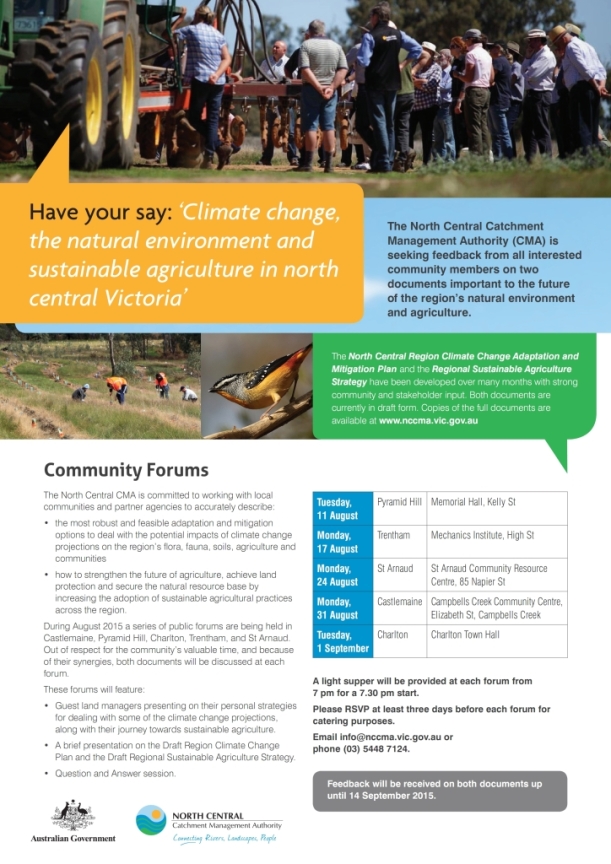 What is Crowdsourcing/Crowdfunding?
What is Crowdsourcing/Crowdfunding?
Crowdsourcing has been around for a few years now, and is really starting to take off in Australia. Crowdsourcing is the process of getting work or funding, usually online, from a crowd of people. The word is a combination of the words ‘crowd’ and ‘outsourcing’. The idea is to take work (in this case fund raising) and outsource it to a crowd of people.
An example of Crowdsourcing
Michael Luke and Tony Misson from ClmConnections have recently designed a crowdfunding page for the Bendigo Canoe Club, with a goal of raising $2500 to send 20+ participants to the Massive Murray Paddle – which is an annual event designed to raise funds for the YMCA. We’ve recently met our $2500 funding target with still 9 days to go! If you want to check out this project, please go to: http://www.pozible.com/project/183664
Some of the benefits of using Crowdfunding
- It enables you/your group to tell a ‘story’ – hopefully something engaging and interesting, as a way of gaining potential new project doners. What makes you
- Video – most crowdfunding websites allow you to use or embed a video on your project page – another great way to engage with your audience. Pictures and moving video are great storytelling methods, more interesting than just text.
- Donate money – easy methods to donate – Credit Card, Paypal, Moneyorder, Direct bank transfer. Safe and Secure – often no money is deducted from donors accounts until the minimum funding goal has been reached.
- Efficiency – Depending on how you wish to promote you can reach millions of people (all potential donors!)
- Gain funds from associates – Find NEW people to assist you/your group, not just existing friends/family/group members.
- Use Social Media – you want your project’s message to go out to thousands+ of people – Think about using Facebook/Twitter/Tumblr/Instagram/LinkedIn/Pinterest to further spread your message, by sharing your crowdfunding project page on as many social media websites as possible.
- Use Pozible/KickStarter as a ‘platform’ – it is an excellent way to start a fund raising project with minimal effort, technical expertise or fund raising experience.
Crowdfunding for your Project
Now, Crowdfunding uses the same concept of ‘many hands (with $$) make light work’ but the emphasis is less on collaboration and more on simply connecting people (money) and causes (projects) together. Say that your local Landcare group is wanting to start a Riverbank Revegetation project, the group has determined they need $5,000 to start, but have been unsuccessful in obtaining funding from another more traditional source (or are unable to apply for whatever reason).
This is where Crowdfunding can help you raise that money. You find a crowdfunding platform, set the goal amount, deadline, and any rewards offered to donors. You must raise 100% of your goal before the deadline, or all the donations are returned to the donors. Deadlines are typically less than 60 days. Crowdfunding websites or platforms normally take a small fee from successfully funded projects (often 5% – 10%), in order to cover overheads/expenses. Crowdfunding is a low-risk platform, for both project ‘owners’ and contributing donors.
What if my project is not successful in Crowdfunding?
Not all projects will be successful (eg. reach their funding goal), but if your project has appeal and gains a lot of interest, it is possible to even obtain more funding than originally requested. Some projects we have seen here at ClmConnections have been ‘overfunded’ by 892%!!!
There are a number of Crowdfunding companies that are now operating in Australia, here are some of the more popular ones: http://www.pozible.com/ https://www.kickstarter.com http://startsomegood.com/
If you or your group need assistance in developing a project proposal to launch on a Crowdfunding platform, or writing a traditional grant/tender, finding and accessing appropriate sources of funding, or help with project reports or budgeting, please take a look at the Resources tab for further information and contact details and get in touch with Michael Luke who will be pleased to assist.
Posted by Michael. To get contemporary information, please subscribe to https://clmconnections.wordpress.com/






